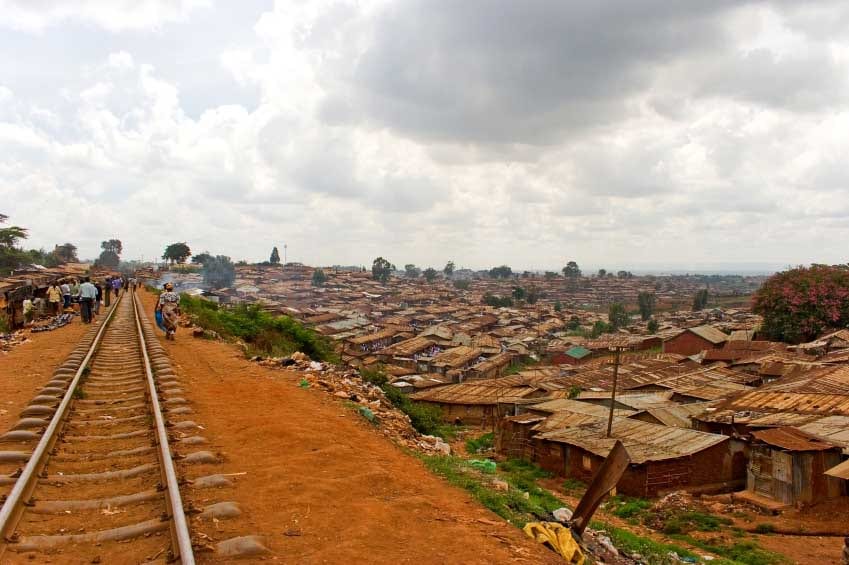The search for mysterious dark matter at an abandoned mine in Minnesota is the subject of “Minnesota mine could yield secrets of the universe to SMU professor,” which first aired Nov. 24 on WFAA Channel 8 in Dallas.
WFAA reporter Jonathan Betz interviewed SMU scientist Jodi Cooley, an assistant professor of experimental particle physics in the SMU Physics Department.
Cooley is a member of the collaboration on the Cryogenic Dark Matter Search (CDMS II) experiment.
The experiment is located deep in the Soudan Underground Laboratory in the abandoned Soudan Underground Mine in a national park in Minnesota.
Cooley was part of a scientific group of experimental particle physicists who earlier reported in the journal Science that they couldn’t rule out that they may have seen a glimpse of dark matter.
Physicists have been searching for dark matter — the substance that makes up most of the matter in the universe — for decades.
EXCERPT:
By Jonathan Betz
WFAA
SOUDAN, Minnesota — It’s invisible, but people still look for it.
It’s cosmic, but confusing.We’re talking about “dark matter.” Find it, and it’s worth millions.
For SMU physicists that — and curiosity — make it worth the search.
SMU professor Jodi Cooley tries to teach how the universe works. Still, it’s a subject even she doesn’t fully understand.
“I’ve always been attracted to things that are hard or difficult,” she said. “If people say, ‘It can’t be done,’ I’ve always said, ‘Really? Are you sure? I’m going to go do it!'”
It’s a drive that sends her to extremes.
Twice a year, Professor Cooley embarks on a journey that she hopes will take her to the farthest reaches of the universe.
That quest is by way of Soudan, Minnesota — a four-hour drive north of Minneapolis. It’s a place where the skies open to land untouched by developers, and tiny towns forged a century ago by people working underground.
It’s those old iron mines that now draw the country’s top minds to this remote location.
“We’re on the cutting edge,” Cooley said. “We’re trying things nobody has tried to do.”
Her day starts before the sun rises, traveling deep underground using the same elevator the original miners took in the 1920s.It’s a bone-rattling three-minute drop in complete darkness, taking Cooley 2,000 feet under the earth’s surface.
And it is a striking case of old meets new, where the most sophisticated technology known to man is found in a mine that was dug in the late 1800s.









